Space Image of the Day Gallery (September 2016)
Disappearing Rings of Saturn
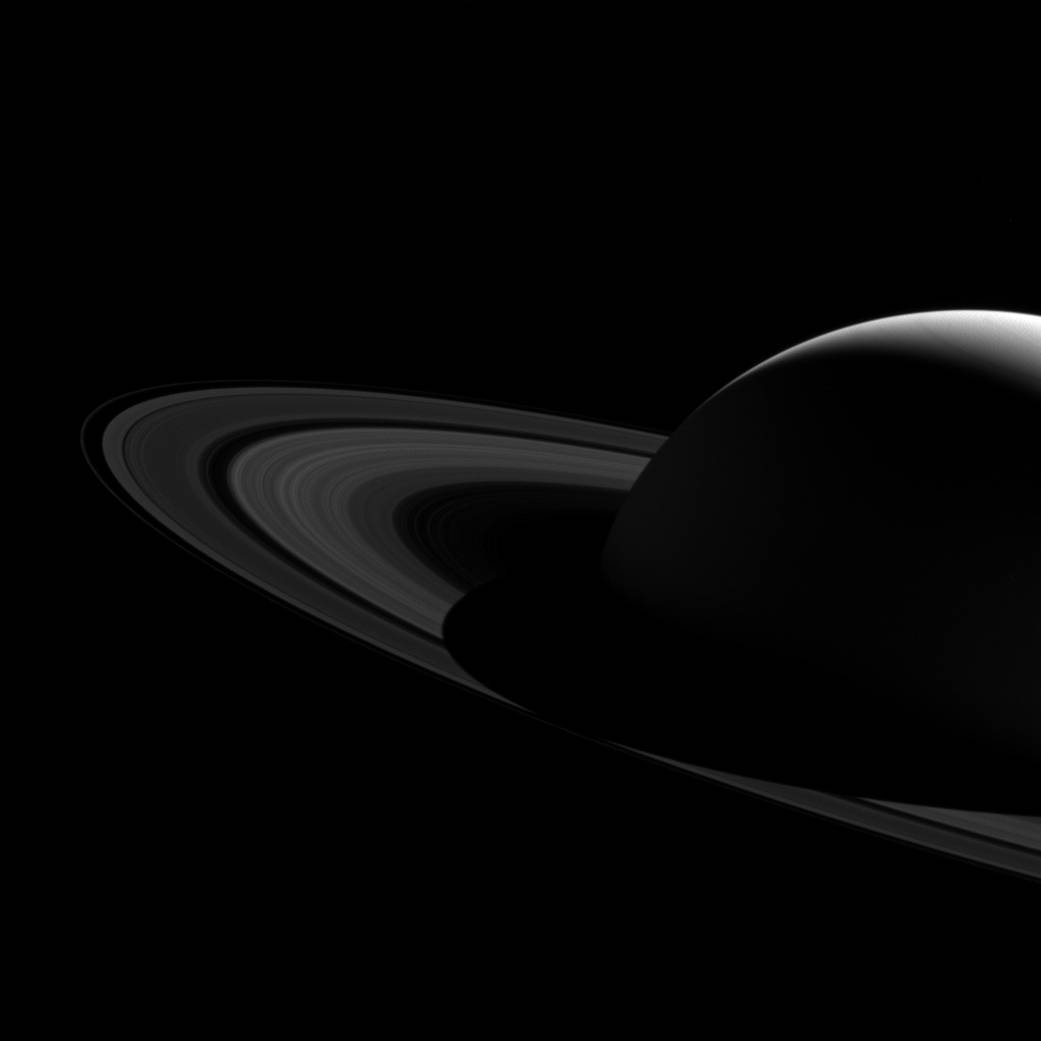
Thursday, September 15, 2016: In a photo of Saturn taken by NASA's Cassini spacecraft, it appears as though the planet has taken a bite out of its own ring system. The dark spot is Saturn's shadow looming just barely over the entire width of its rings. Cassini captured the image on Jan. 16, 2015 while orbiting Saturn from a distance of about 1.6 million miles (2.6 million kilometers). The first images of Saturn from Cassini's arrival in 2004 revealed a much larger shadow, but in 2009 the shadow began to shrink. — Hanneke Weitering
Pluto Painting Charon's Pole Red
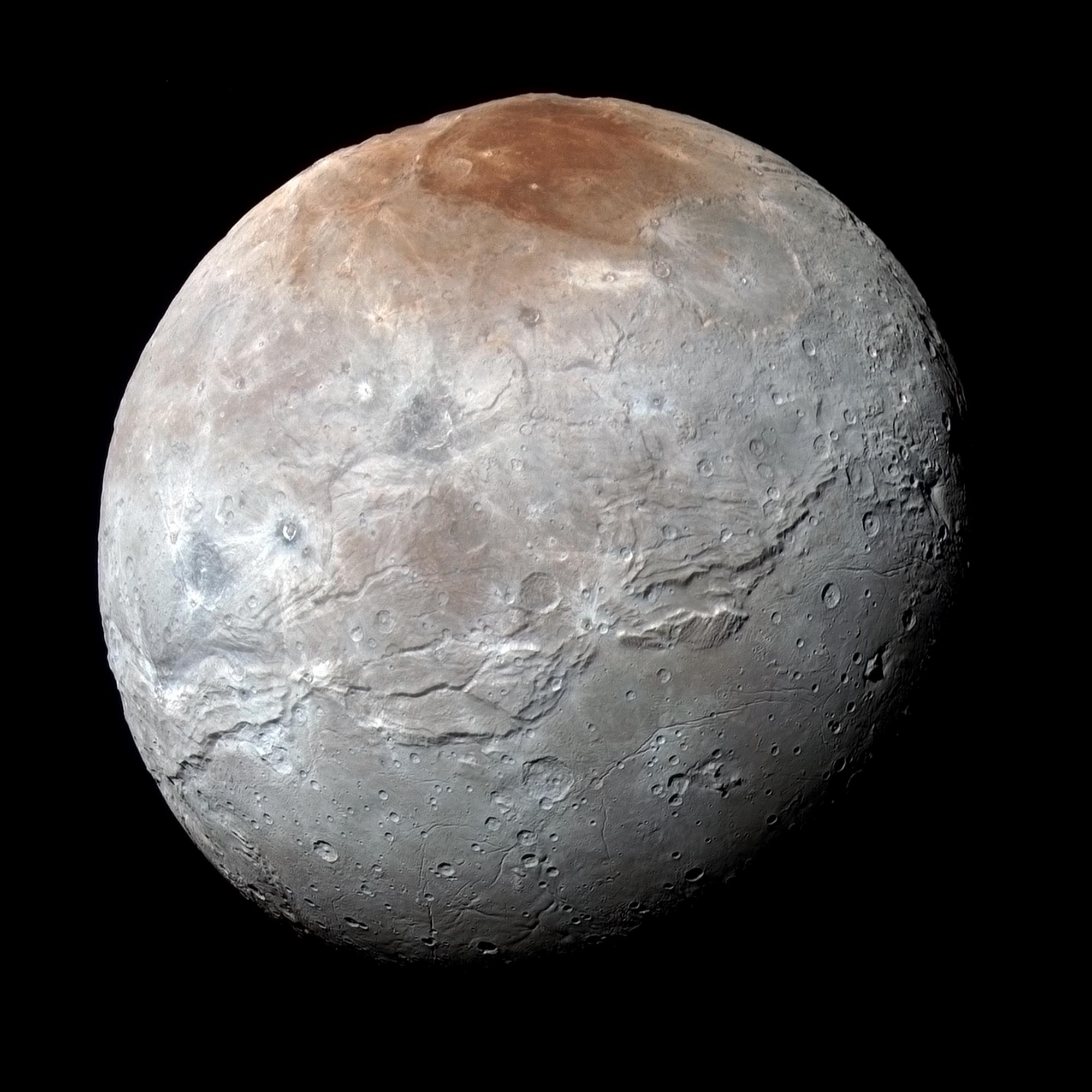
Friday, September 16, 2016: NASA's New Horizons spacecraft captured this image of a big red spot near the north pole of Pluto's moon, Charon. New research suggests that the red spot may be the result of Pluto and Charon sharing at atmosphere. This color-enhanced image was taken on July 15, 2015, shortly before the spacecraft’s closest approach to Pluto. — Hanneke Weitering
Black Hole Hidden Within Its Own Exhaust
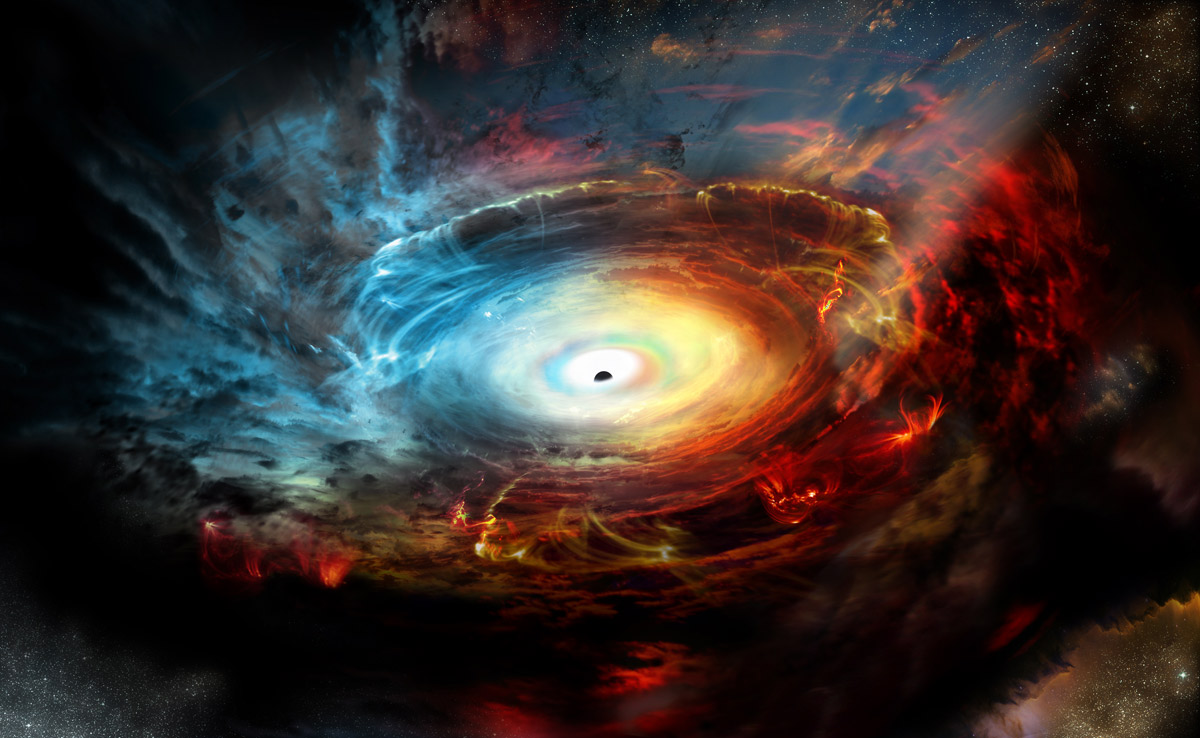
Monday, September 19, 2016: Supermassive black holes are often hidden within a thick donut-shaped cloud of gas and dust known as a torus. This image is an artist's impression of the supermassive black hole in the center of the galaxy NGC 1068. The black hole spews out exhaust to form a torus with its own material. — Hanneke Weitering
Black Hole Swallows Star
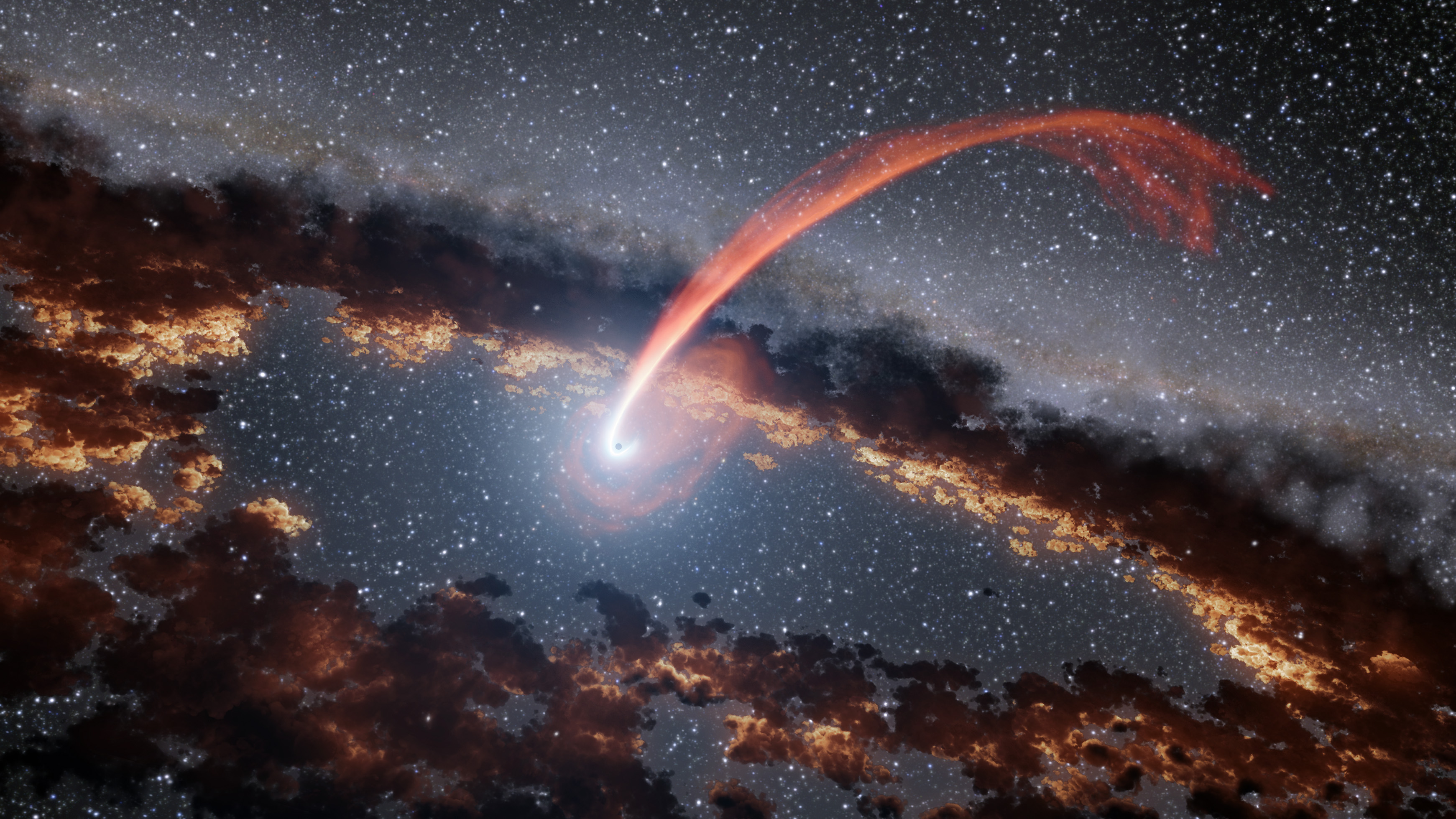
Tuesday, September 20, 2016: When a supermassive black hole sucks in a nearby star, tidal forces rip the star apart. As the black hole consumes the star, it spits some of it back out. The resulting spaghetti-shape streaks of stellar leftovers, called tidal disruption flares, are depicted in this illustration. — Hanneke Weitering
Lenticular Galaxy Outshines Its Neighborhood
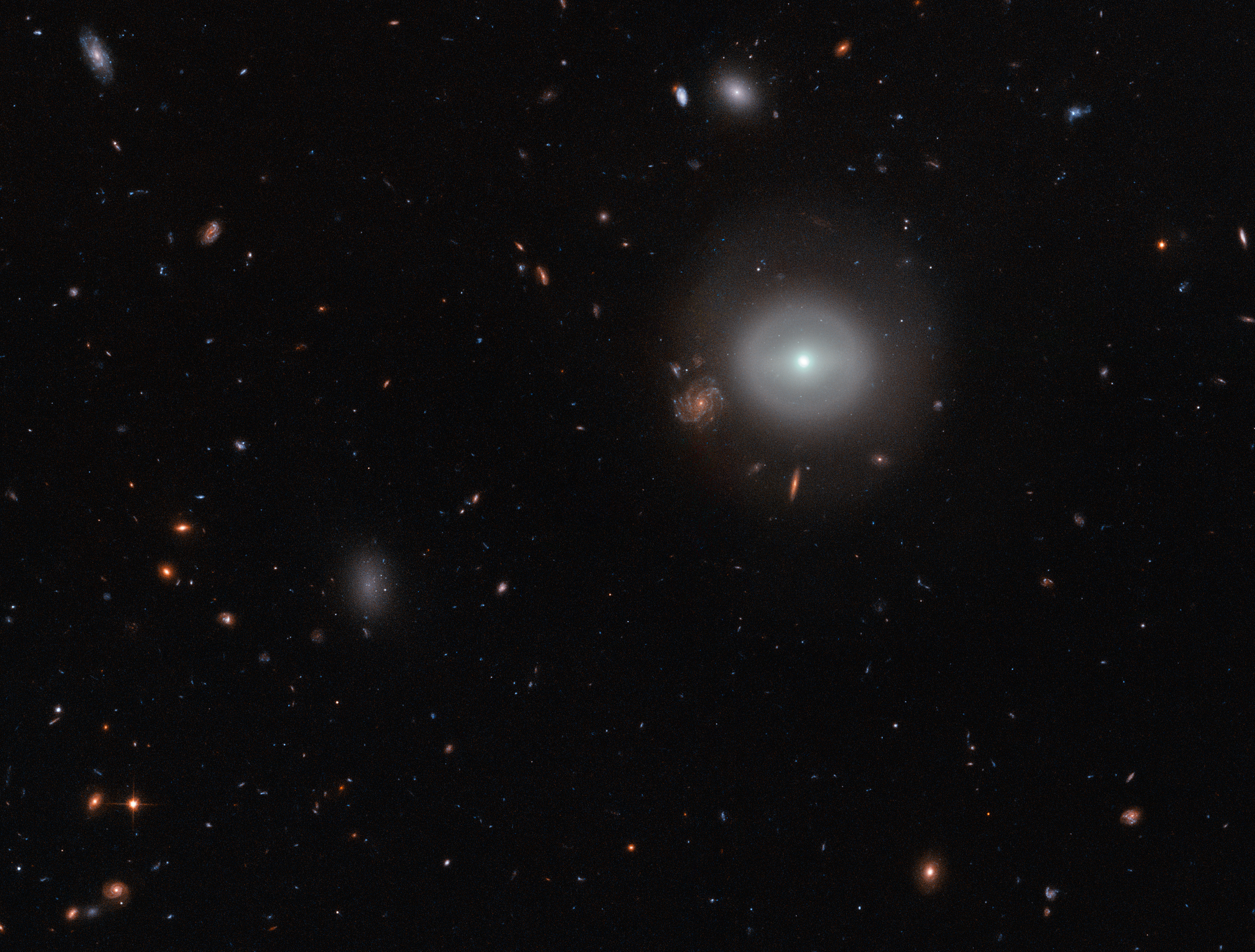
Wednesday, September 21, 2016: This image from the Hubble Space Telescope shows a particularly bright galaxy named PGC 83677, located 300 million light-years from Earth. Lens-shaped galaxies like this one are called lenticular galaxies — a classification that falls between the more familiar elliptical and spiral galaxies. — Hanneke Weitering
Stellar Baby Boom
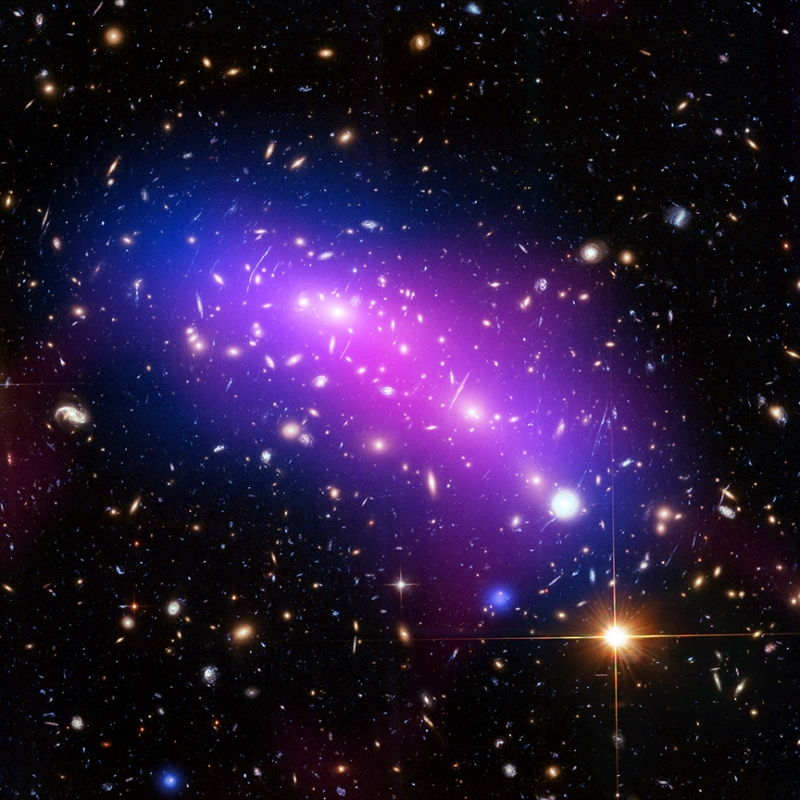
Thursday, September 22, 2016: A nearby supermassive galaxy cluster named "MACS J0416" is actually a pair of colliding galaxy clusters experiencing a baby boom of new star births. This image combines X-ray, radio and visible light images from three different telescopes. — Hanneke Weitering
Alien planet has double suns
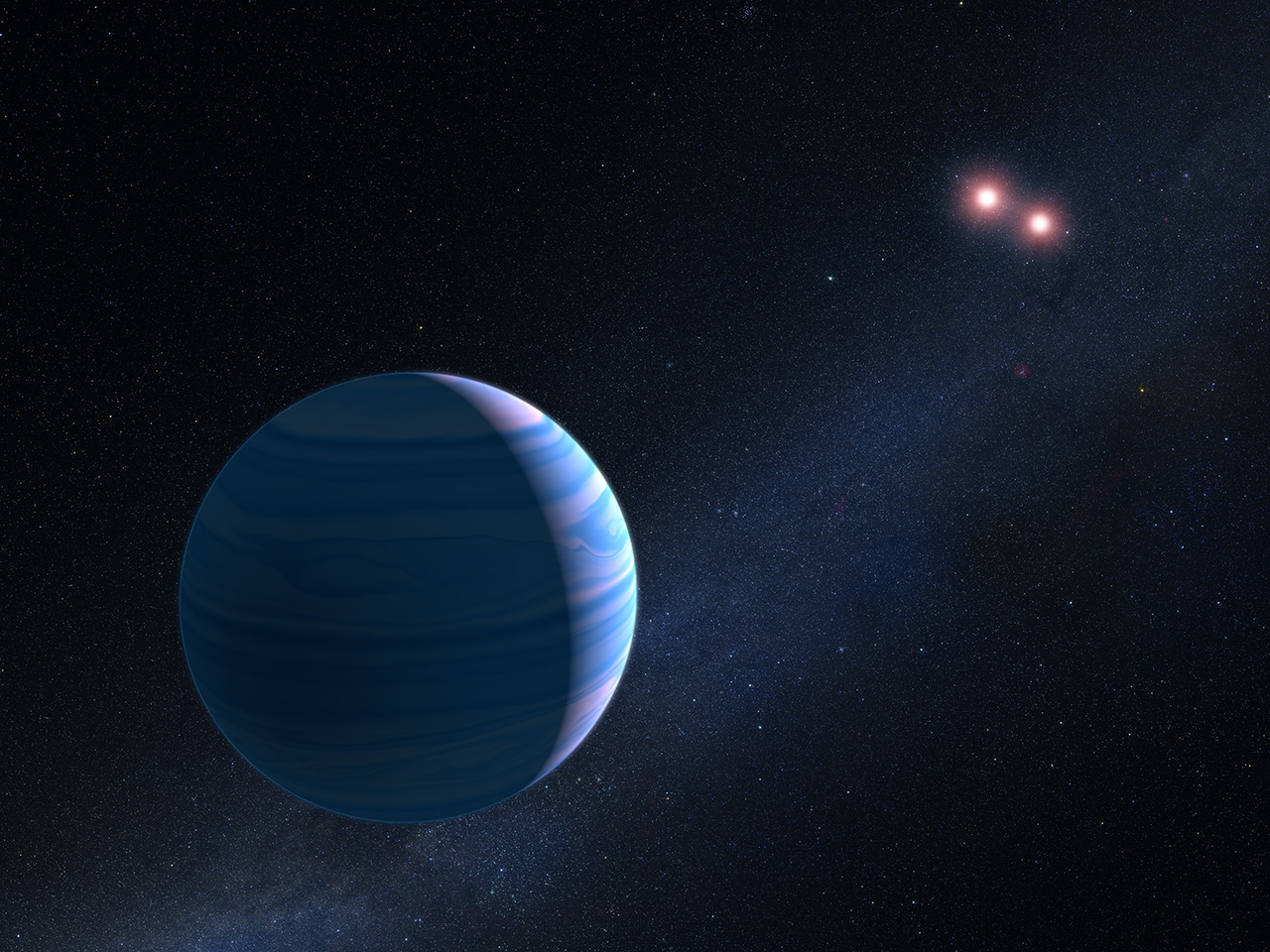
Friday, September 23, 2016: This artist's illustration shows an alien planet named OGLE-2007-BLG-349 orbiting a pair of red dwarf stars. Astronomers first thought that the exoplanet may only have one sun. But then they found the second star using the Hubble Space Telescope. — Hanneke Weitering
Get the Space.com Newsletter
Breaking space news, the latest updates on rocket launches, skywatching events and more!
Comet 67P Close-Up
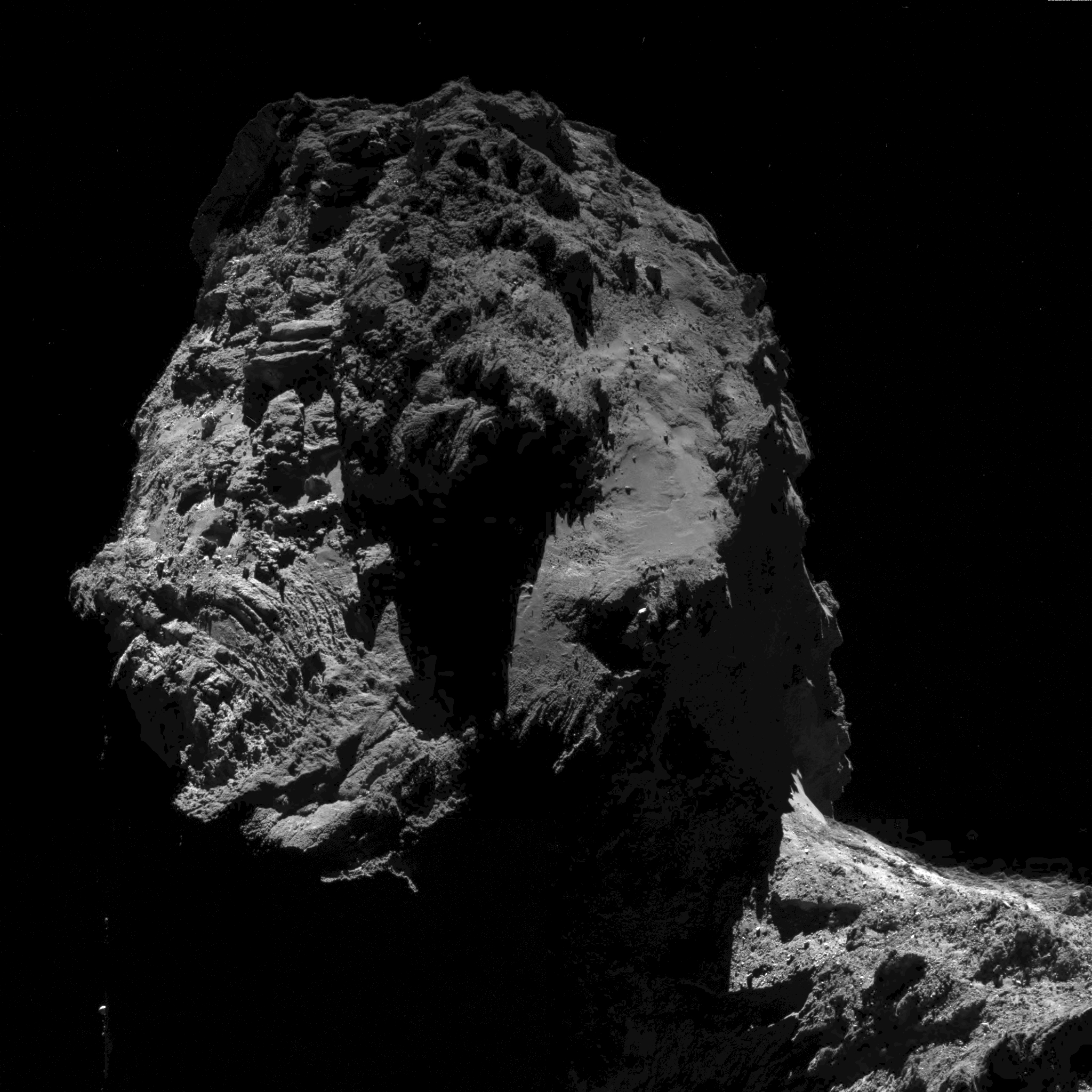
Monday, September 26, 2016: The European Space Agency’s Rosetta spacecraft captured this view of Comet 67P on Sept. 20, just 10 days before its planned landing on the comet. Rosetta was approximately 8.6 miles (13.8 km) from the center of the comet, which is about 2.5 miles (4 km) wide. — Hanneke Weitering
Water Plumes on Europa in 2014
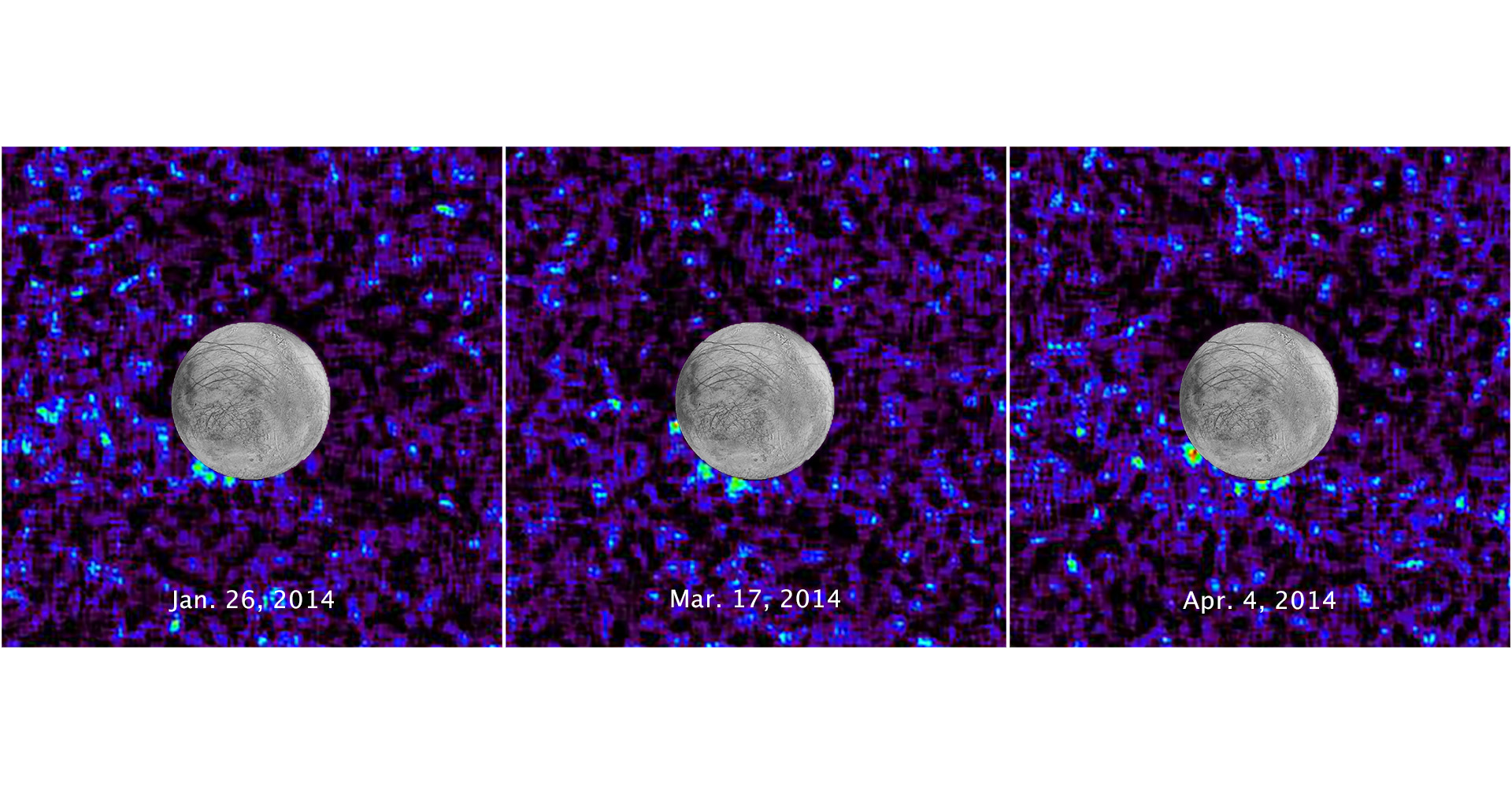
Tuesday, September 27, 2016: NASA's Hubble Space Telescope spotted a possible water vapor plume (visible at the 7 o'clock position at lower left in each frame) on Europa, one of Jupiter's moons. These three composite images show 125-mile-high (200 kilometers) geysers erupting from Europa's subsurface. Hubble made the observations between January and April in 2014. The image of Europa is superimposed on the Hubble observations. — Hanneke Weitering
Mawrth Vallis
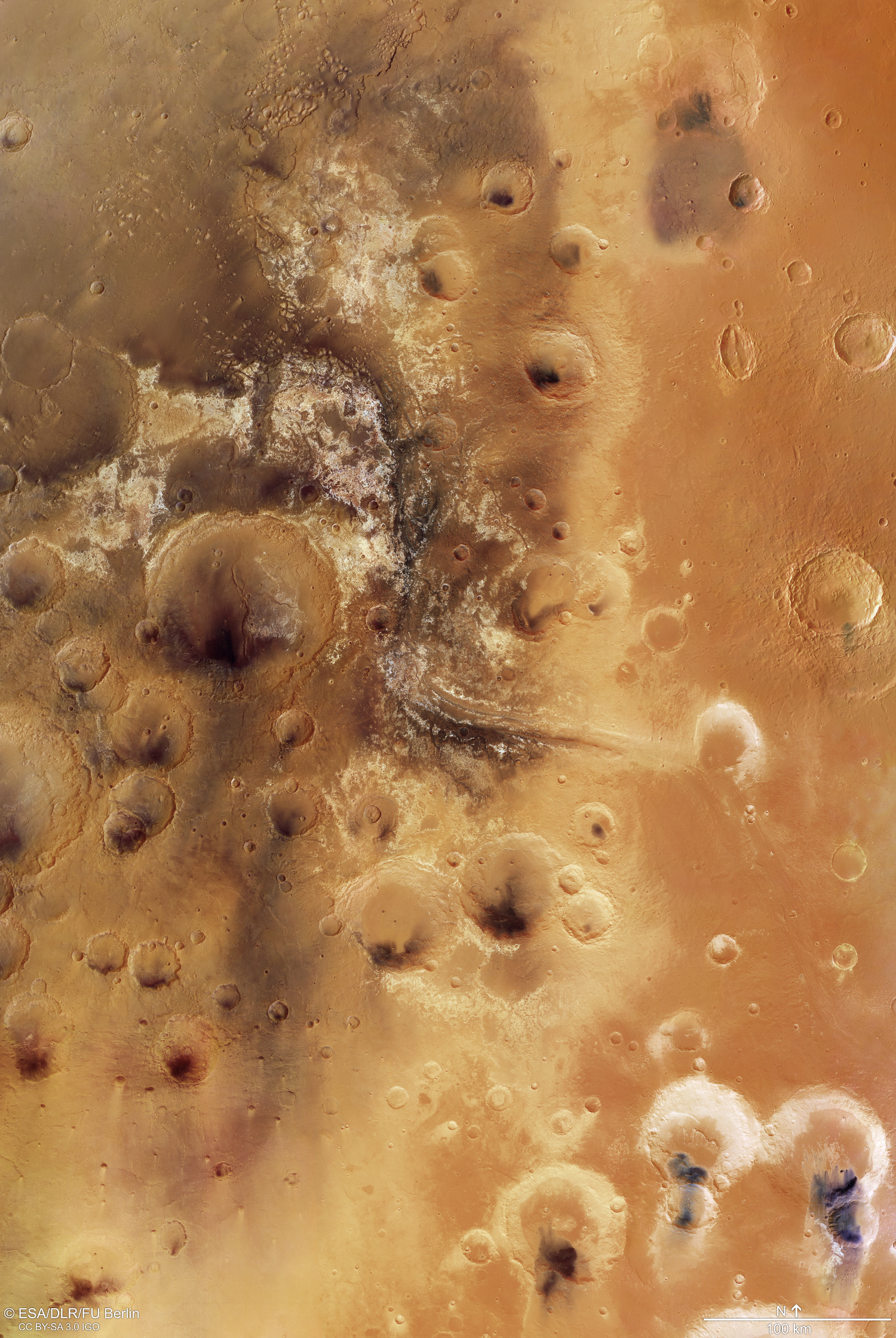
Wednesday, September 28, 2016: This mosaic of the Martian surface shows one of the biggest valleys on Mars. Named Mawrth Vallis, it stretches 573 miles (600 km) and is up to 1.25 miles (2 km) deep. Scientists believe water once flowed into this valley, and that it could have been habitable. The European Space Agency's Mars Express orbiter took 9 photos to create this mosaic. — Hanneke Weitering
Join our Space Forums to keep talking space on the latest missions, night sky and more! And if you have a news tip, correction or comment, let us know at: community@space.com.

Space.com is the premier source of space exploration, innovation and astronomy news, chronicling (and celebrating) humanity's ongoing expansion across the final frontier. Originally founded in 1999, Space.com is, and always has been, the passion of writers and editors who are space fans and also trained journalists. Our current news team consists of Editor-in-Chief Tariq Malik; Editor Hanneke Weitering, Senior Space Writer Mike Wall; Senior Writer Meghan Bartels; Senior Writer Chelsea Gohd, Senior Writer Tereza Pultarova and Staff Writer Alexander Cox, focusing on e-commerce. Senior Producer Steve Spaleta oversees our space videos, with Diana Whitcroft as our Social Media Editor.









